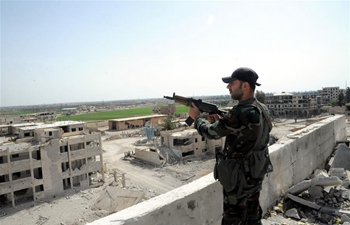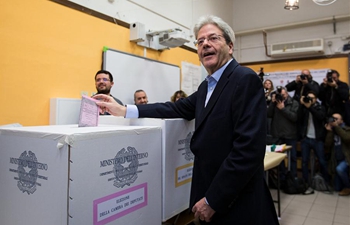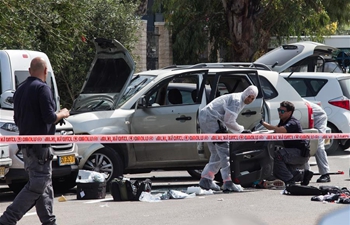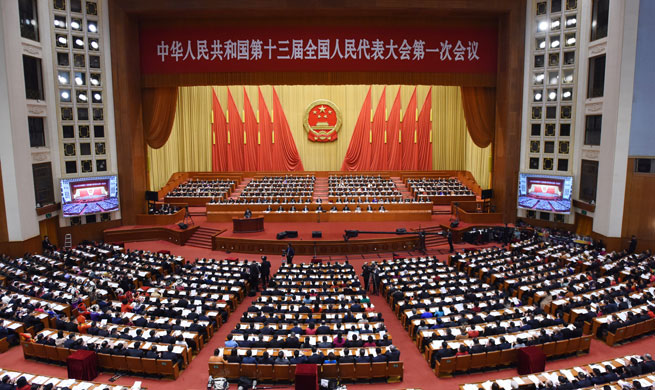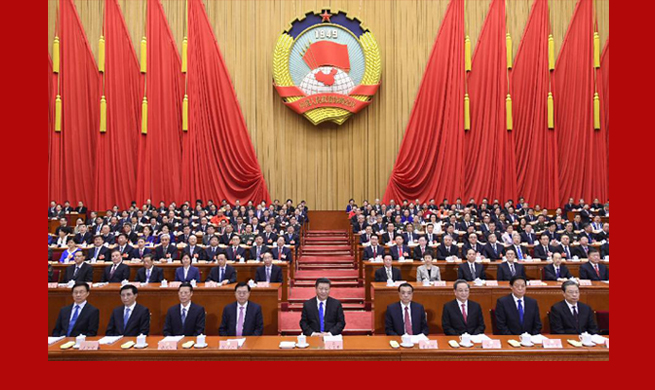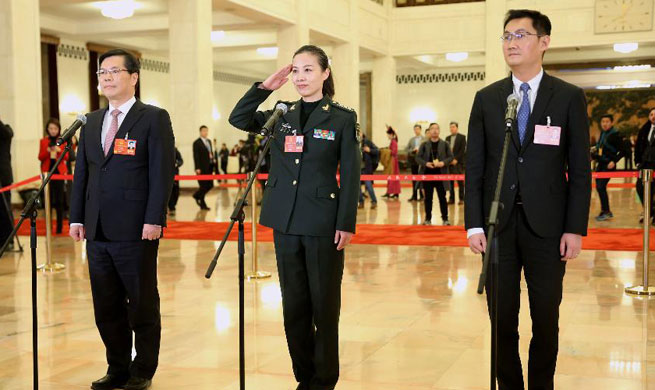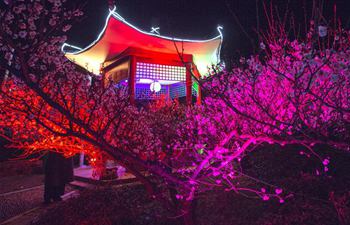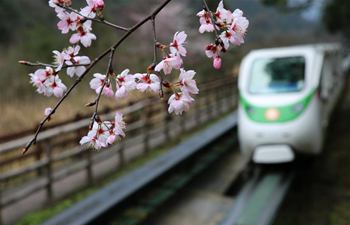SUVA, March 5 (Xinhua) -- With the Belt and Road Initiative, China has advanced trade liberalization to benefit both developing and developed countries, a Fijian expert said.
"The Belt and Road Initiative is intended to integrate markets, promote infrastructural development and cooperation," said Neelesh Gounder, a senior lecturer at the school of economics of the University of the South Pacific.
Proposed by Chinese President Xi Jinping in 2013, the initiative comprises the Silk Road Economic Belt and the 21st Century Maritime Silk Road and aims to build a trade, investment and infrastructure network connecting Asia with Europe and Africa along and beyond the ancient Silk Road trade routes.
So far, the initiative has gained support from more than 100 countries and international organizations. More than 80 countries and international organizations have signed cooperation agreements with China within the framework.
The initiative, said Gounder, emphasizes five key areas of cooperation: coordinating development policies, forging infrastructure networks, strengthening investment and trade relations, enhancing financial cooperation, and deepening social and cultural exchanges.
"The key aspect is about connectivity through infrastructure such as railways, roads, ports and telecommunications networks," he said. "Improving connectivity for trade and investment would lead to decrease in trade costs and thereby promote opportunities of mutual trade."
For instance, he said, shipping is the main means of transporting goods to and from the Pacific Islands, and one way to improve transport efficiency is to promote integration of different means of transportation.
With the Belt and Road Initiative and the country's rising status in the global economy, China has been playing an increasingly important role in the new global economic architecture, he added.
"For the Pacific Island countries, where China already has a presence through growing trade, investment and development assistance, there are potential economic benefits through inter-connected infrastructure," he said.






